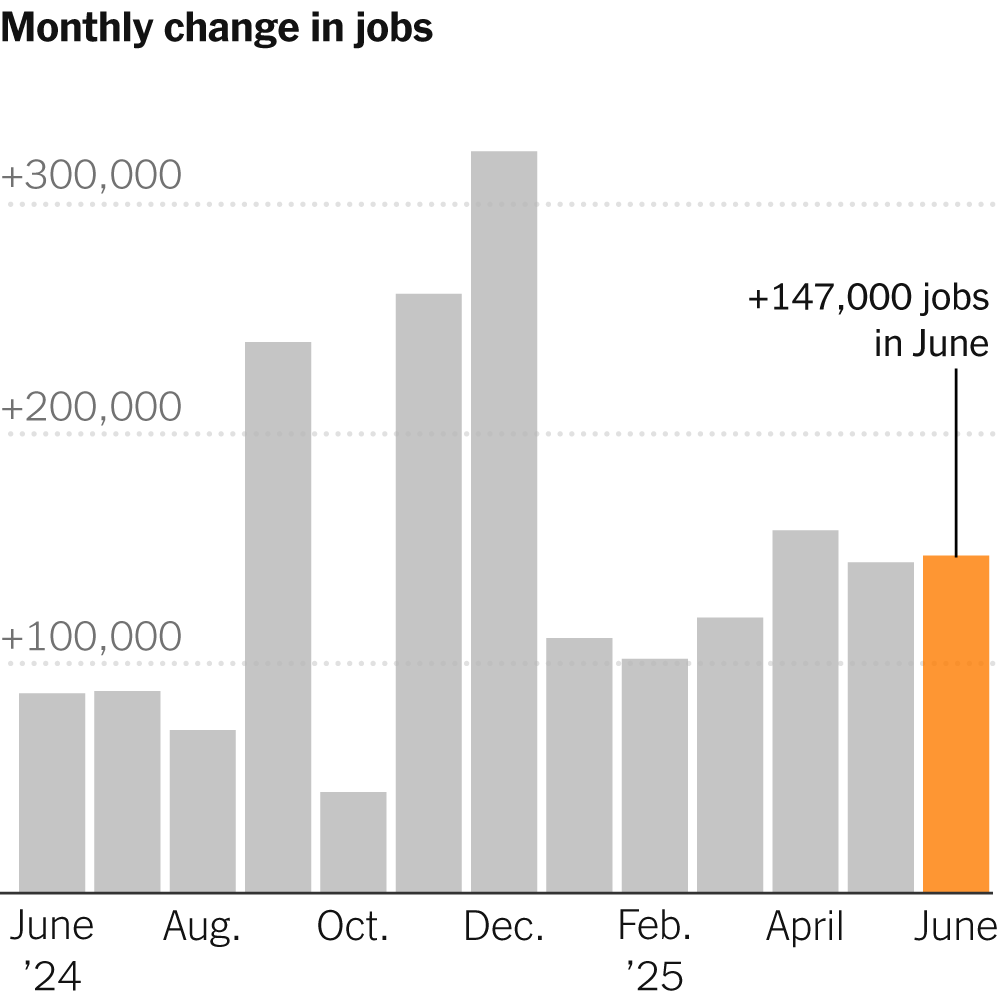Introduction
Newark Liberty International Airport, a critical hub for New Jersey and New York, is grappling with a crisis in flight operations: the absence of modern radar systems and silent radios, which have disrupted navigation, caused delays, and left passengers in confusion. This article explores how these outdated technologies are reshaping air travel in the region and the implications for airlines, travelers, and the broader aviation industry.
—
The Disruption: How Radar and Radios Are Causing Problems
The reliance on outdated radar systems and silent radios
technologies that have been phased out in favor of advanced digital systems
has created vulnerabilities in Newark’s air travel infrastructure. Without real-time radar data, pilots face challenges in tracking aircraft positions, increasing the risk of collisions and navigation errors. Silent radios, which were once used for communication, now hinder pilots’ ability to receive critical updates, leading to miscoordination with air traffic control.
These issues are compounded by the airport’s aging infrastructure, which struggles to adapt to modern aviation standards. The result is a fragmented system where flights are delayed, rerouted, or canceled, creating a ripple effect across the region’s economy and passenger experience.
—
Passenger Impact: From Confusion to Chaos
For travelers, the disruption translates into frustration and uncertainty. Missed connections, lost luggage, and erratic flight schedules have become the norm, eroding trust in Newark’s airport. Passengers often report difficulty in navigating the airport, with outdated signage and a lack of real-time information exacerbating the problem.
The emotional toll is significant. A study by the National Transportation Safety Board (NT
Source: New York Times Business




